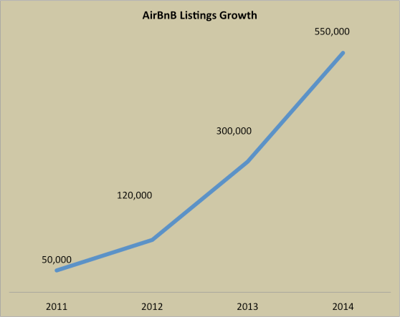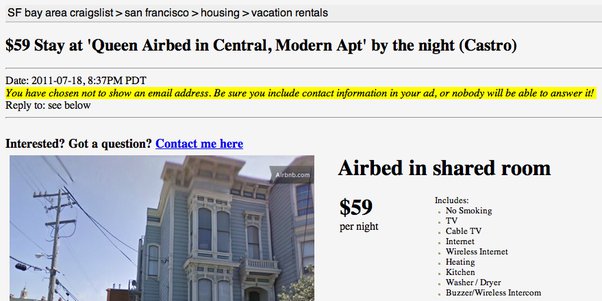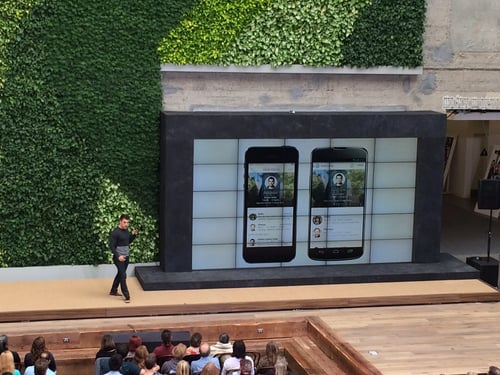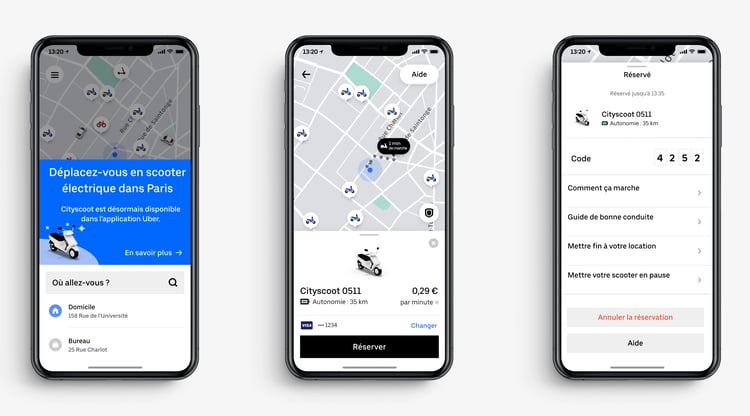A common misconception around growth hacking is that its success can be attributed to clever tricks, or perhaps unorthodox methods which sometimes bend or break the rules.
As we'll explain in this article, it's the process which produces these breakthrough moments and makes growth hacking such a successful approach. It's not simply about isolated moments of inspiration.
Growth hacking isn't just about the hacks. It's about encouraging a growth mindset which enables experimentation and finds the best channels and tactics to drive sustainable growth.
The truth is that famous hacks from brands like PayPal, Airbnb, and Dropbox are part of a wider process in which multiple experiments, many of which fail, are often needed to find those ideas that work.
It's also important to note that growth marketing doesn't stop after major successes. Growth teams are always looking for additional ways to drive sustainable growth. Indeed, it's these successes that help to justify the growth approach.
Airbnb's growth process
Airbnb grew from a startup in 2008 to become a platform with 10m guests and a $10bn valuation just six years later. This impressive growth is often attributed to growth hacking, though it's important to note that it first of all had a product that customers wanted.
The company's most famous growth hacking success (and perhaps the one most referenced in blogs and reports) enabled Airbnb to piggyback on Craigslist's user base.

The ‘hack’ exploited the fact that Craigslist saved listings information on a unique URL rather than a cookie. Airbnb therefore created a bot that would take URLs to use for Airbnb listings.
In this way, users advertising rooms on Airbnb had their listings duplicated on Craigslist where they could reach a broader audience.

The superior design of Airbnb listings, with better copy and more attractive photography meant they stood out from the average listing, and helped to bring more users to the Airbnb website.
This wasn’t a single silver bullet hack, but a standout success from a process of experimentation. It was also a feat of programming to create this integration, so this 'hack' was the result of lots of hard work.
While this is a frequently referenced growth hack, the growth hacking process didn't end here for Airbnb. There are many examples of ‘growth hacks’ from Airbnb which haven’t had the same publicity.
For example, Airbnb noticed that some users weren’t doing the best job of showcasing their listings and were not attracting bookings. Many were using camera phones (which weren't so good back then) and pictures were low quality.
The result was less appealing listings that attracted fewer bookings. To solve this, Airbnb sent professional photographers to photograph listings, with the result that these enhanced listings were 2.5 times more likely to be booked.
Airbnb rolled out this approach around the world, with freelance professional photographers ensuring that high quality images help people to attract more bookings.

Another example of a hack was Airbnb's approach to mobile. It had been experimenting with mobile listings with some promising results, and launched a mobile app which resulted in a further increase in both listings and bookings.
Airbnb moved into mobile faster than many travel competitors and also created a comprehensive app that allowed hosts to upload photos and create listings from their phones. This encouraged more listings, but also helped to speed up responses from hosts, and therefore the whole booking process.

The Craiglist ‘hack’ received a lot of attention, and was clearly effective, but it’s important to see this as part of a continuous process of experimentation.
When viewed like this, we can understand the growth hacking process as it should be - a repeatable process of iteration and experimentation rather than isolated hacks.
Uber's growth process
Uber is a relatively simple idea - a taxi service adapted for the digital world. Being able to book and pay via mobile, and to track the progress of cars instantly made it a superior experience to most taxi firms.
The idea was so good that it received $11m in funding just a year after launch, which made a strong growth strategy essential.
The focus on both user experience and customer experience has been key to Uber’s growth. Apps are easy to use, the booking and payment process is smooth, the use of maps means customers know how close their ride is, and the ratings system incentives drivers to provide a great experience.
The product was good, but Uber needed to get the word out. Uber’s growth strategy initially relied heavily on referrals and word of mouth, targeting key markets and influencers, as well as overcoming onboarding friction by offering free rides.

The tactic of providing the first ride free has helped Uber to acquire new customers and, crucially, once the app is installed on users’ phones, the first hurdle to use has been overcome, and Uber begins to build user habits.
One particularly smart move was to offer free rides for several years at SXSW, one of the world's most famous marketing events. This helped Uber to attract a strong target audience of high income, tech savvy professionals, as well as quite a few tech journalists who would write about their experience.
These users helped build up a strong word of mouth around the brand, with lots of mentions on social media and blogs.
Co-founder Travis Kalanick referred to events such as SXSW, and tactics such as flooding San Francisco with taxis on New Years’ Eve, as ‘accelerants’. Uber capitalised on extra demand for taxi services, with the result being a spike in rides and new users, as well as a buzz around the service.
One lesson from Uber is the importance of overcoming the initial hurdle of onboarding - getting users to download the app and book their first ride. Incentives like free rides held overcome this, as did targeting key events and cities.
However, there was also the importance of making the user experience as easy as possible. This means an ongoing process of testing and optimisation to identify points of friction, and ensure that people can sign up and book rides without any hassle.
Summary
It’s important to see famous growth hacking examples like these as part of a process. These great ideas came about because growth teams were prepared to experiment, and fail at times, to identify the ideas that actually drove growth.
It’s the growth hacking process, and the mindset that accompanies it, that is the real takeaway from growth stories like those of Airbnb and Uber.
Our LXA MBA in Growth Marketing & Hacking Essentials is designed for modern marketers looking to drive growth strategy.